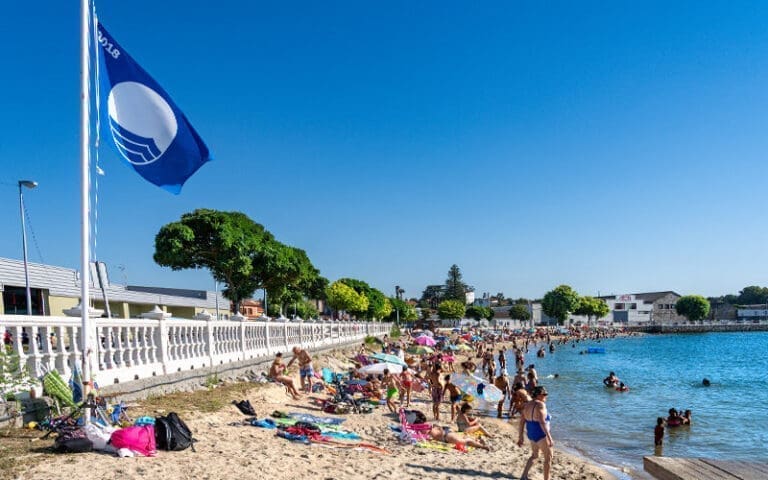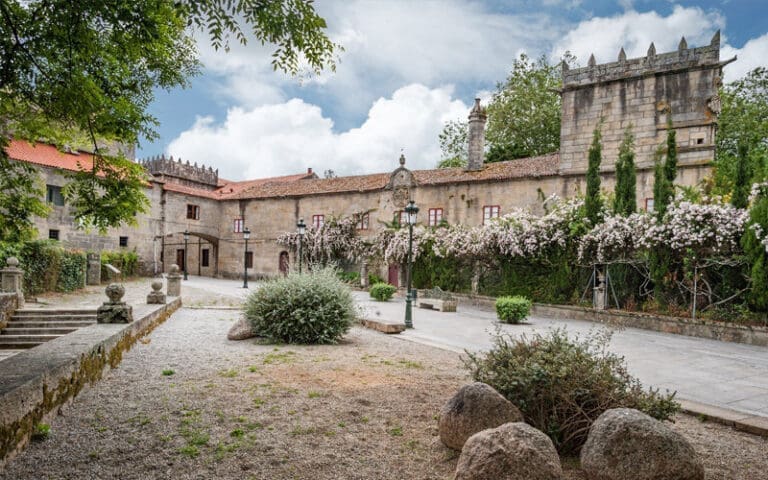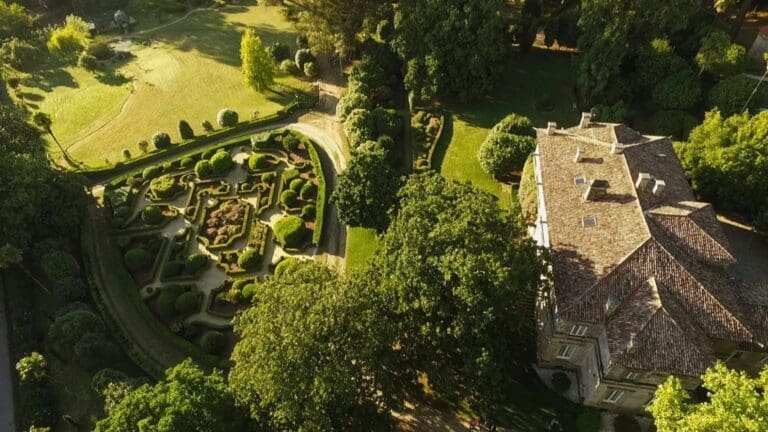The Alobre Hillfort is one of the most important archeological sites in the north-west of the peninsula. It is located on the peak of a hill known as O Montiño and at the water’s edge in a well-protected inlet. Apart from its strategic location, it is an urban settlement which makes it different from many other sites of the late Bronze Age.
Moreover, Alobre is the birthplace of today’s Vilagarcía de Arousa. It is not surprising that the original quarter of the town, close to the settlement, is still called O Castro. The settlement has two main en-trances, one from Vistalegre, going up a staircase or a ramp located just after an arch that works also as a bridge and connects the pazo – manor house – with the Vistalegre convent. Another one going through Valdés Bermejo botanic park which was known as O Castriño – little settlement- what un-doubtedly connected both areas, the park and the settlement.
Alobre is now in the process of becoming a museum after several excavation campaigns which recorded more than 20,000 findings. Some of them proved to be of great historic, ethnographic and artistic value , which confirmed, as what was expected, the strategic and commercial importance of this settlement, the origin of the city we have today. According to researchers, the occupation of Alobre dates back to the 1st century BC up to the 3rd century AD, being at its height under Augustus’ Empire and the Julio-Claudian dynasty.

 Vilagarcía de Arousa, Galicia
Vilagarcía de Arousa, Galicia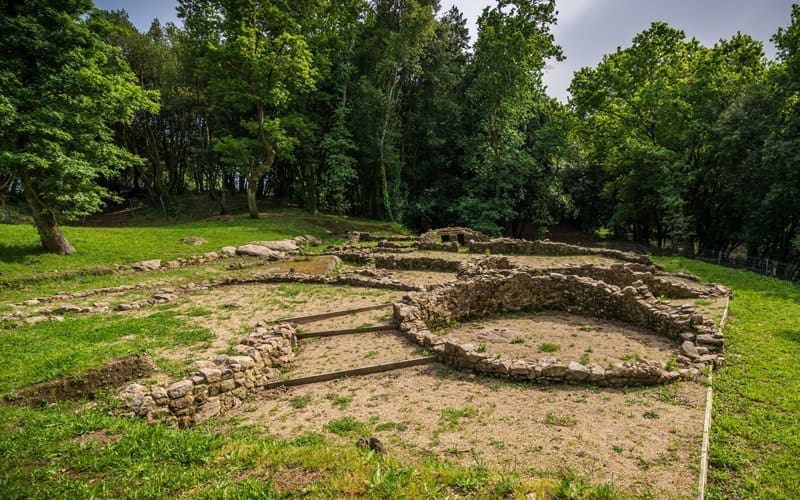
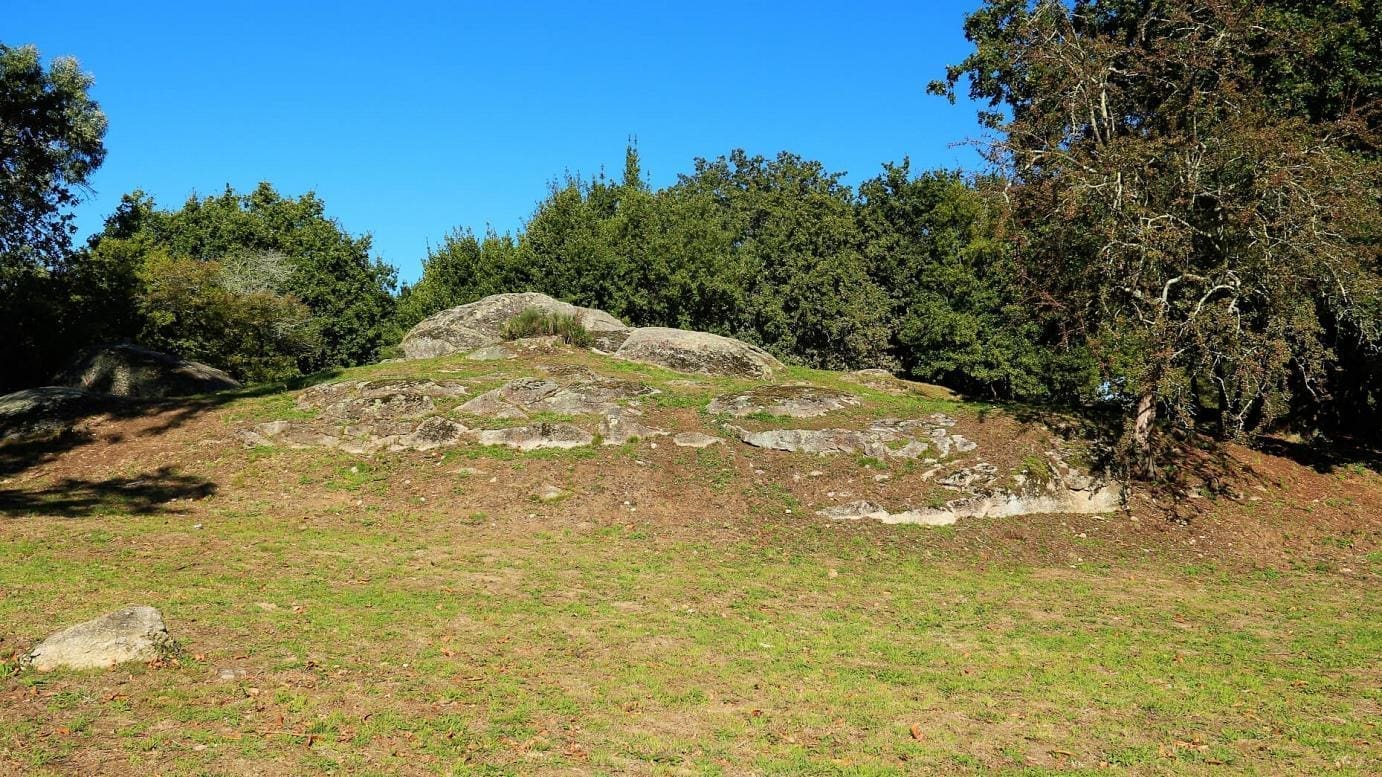

 Castro de Alobre
Castro de Alobre 